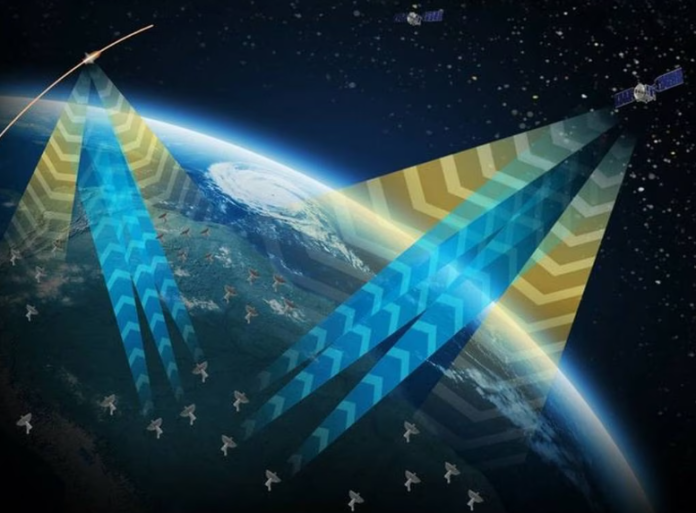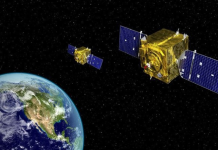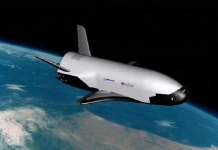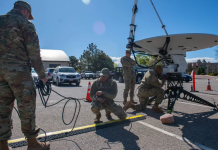WASHINGTON — After awarding a contract to Northrop Grumman last year to build the first of three deep-space radars, the Space Force may choose a second provider to develop the remaining two systems.
Northrop is on track to deliver the Deep-Space Advanced Radar Capability by early 2026, a ground-based system to be stationed in Australia. The radar will provide all-weather, 24/7 observation of objects in geosynchronous orbit, around 22,000 miles above Earth.
It’s not immediately clear what firms will respond to the Space Force’s market research, but prior to awarding Northrop a $341 million contract to build the first radar site, the service, and the Air Force Research Laboratory established a broad base of industry and academic partners to mature various supporting technologies.
Those partners include John Hopkins University’s Applied Physics laboratory — which received a $54 million contract to build a prototype radar — L3Harris, Lockheed Martin, Raytheon, Georgia Tech Applied Research Corporation, and Centauri, a space and intelligence company purchased in 2020 by Texas-based engineering firm KBR.
The Space Force expects to spend nearly $844 million to build all three DARC sites and included $214 million for DARC in its fiscal 2024 budget. The bulk of that request will support efforts to field the first radar.
Frank Calvelli, the Space Force’s top acquisition official, said during an April 26 House Armed Services Committee hearing that DARC is progressing well through testing at White Sands Missile Range in New Mexico.
“We proved out the concept that DARC can actually work,” he said.
Tracking activity in space, and particularly in geosynchronous orbit, has been a growing priority for the Space Force as adversaries like Russia and China have shown signs of possible aggression in the regime. In 2020, then-Chief of Space Operations Gen. Jay Raymond revealed that two Russian satellites were trailing a U.S. spy satellite and called the behavior “unusual and disturbing.”
Later this summer, the Space Force and the National Reconnaissance Office expect to launch the newest space observation satellites, dubbed Silent Barker. Much of the details about the program are classified, but its mission is to surveil areas of GEO that the service can’t observe with its existing radar network.
Two spacecraft will fly in the first launch, and NRO Director Steve Scolese told reporters April 18 at the Space Symposium in Colorado Springs, Co., the constellation will eventually include more satellites.
Source: defensenews.com





